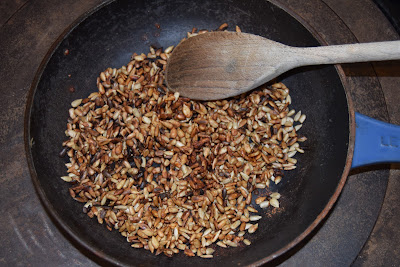74 / Poetry
This post was contributed by my brother:
“Poetry
is the diamond of thought,” she said.
On
first sight, Miss Smith was all grey: grey hair, grey cable-stitched cardigan,
grey jumper, grey skirt and grey-blue eyes, but my goodness how those eyes
could light up a classroom.
“Let
me try to show what I mean by that sentence,” she said. “Think of something you
would like to describe, anything that comes into your head, landscapes, pets,
feelings if you like, but just give it a go.” She spoke like that.
“Now
take what you have written and try to condense it into fewer words, add some
rhythm, make lines rhyme.”
“Rattle clatter goes the train, charging
on through sun and rain.
Passing
hedges fields and farms” and so on, I wrote. Most of my journey to school was
by train, you see.
“Let’s
look at the way in which poets have used words, rhythm and rhyme to give us a
picture of things they wanted us to think about,” she said. “Paint a picture of
the image this poem conjures up for you.” It was an art school after all. I
painted a picture of a tiger, with eyes like blow lamps “in the forest of the
night.”
We
read everything she put before us, studied the lines, engaged in choral
speaking, laughed at the rude bits in Chaucer; she laughed with us, and best of
all, set us the learning of poetry by heart.
Our
mother could recite poetry …”Hail to thee blythe spirit”, “Our England is a
garden, full of stately views”, “There once was a way through the woods”. These
were some of her opening lines that spring immediately to my mind.
The
poems Miss Smith asked us to learn I can still recite now and I thank her for
it. I feel that to learn poetry by heart is to take it to heart and know the
very essence of it. She gave me an anthology of poems in the mid-1950s, addressed
to me and signed neatly by her within the front cover. I know where it is in
the bookcase.
 |
| Stock image |

